Non-Rocket Spacelaunch – Tether satellite missions
This is the second part to the article about tether propulsion. It will focus on space missions that tested tethers in space.
Gemini 11 mission: 1966
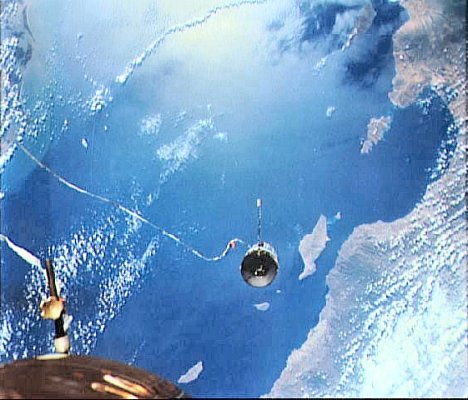 Gemini 11 mission with tether visible. Image credit: NASA.
Gemini 11 mission with tether visible. Image credit: NASA.
The first such mission took place in 1966. Gemini 11 deployed a 30m tether connecting it to the Agena target vehicle. It created a small amount of artificial gravity (0.00015 g) by spinning the two spacecraft.
TSS-1 mission: 1992
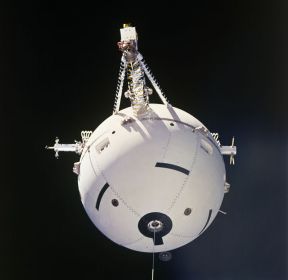
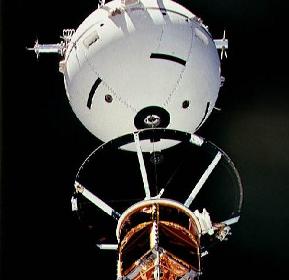
 The deployment of the TSS tethered satellite
The deployment of the TSS tethered satellite
The TSS-1 (Tethered Satellite System-1) was a joint NASA-Italian Space Agency project. It was flown during STS-46 aboard the Space Shuttle Atlantis from July 31 to August 8, 1992. The mission discovered a lot about the dynamics of a tethered system, although the satellite was deployed only 260 meters. A protruding bolt jammed the deployment mechanism and prevented deployment to full extension. It deployed far enough though, to show that it could be deployed, controlled, and retrieved, and that the TSS was easy to control and even more stable than predicted. Due to the malfunction, the mission was reflown as TSS-1R a few years later.
SEDS I mission: 1993
The SEDS-I (Small Expendable Deployer System) NASA mission deployed a 20 km tether attached to a spent Delta second stage in 1993. This was the first fully successful orbital flight test of a long tether system. The tether swung to the vertical and was cut one orbit after the start of deployment. This slung the payload and tether onto a reentry trajectory accurate enough that a pre-positioned observer was able to videotape the payload re-entry and burnup.
SEDS II mission: 1994
SEDS-2 was launched on a Delta (along with a GPS Block 2 satellite) on March 9, 1994. It was a very similar experiment to it’s predecessor SEDS-1. The tether snapped 3.7 days after deployment. The payload reentered (as expected) within hours, but the 7.2 km length at the Delta end survived with no further cuts until re-entry on May 7, 1994. The tether was an easy naked eye object when lit by the sun and viewed against a dark sky.
TSS-1R mission: 1996
TSS-1R was a follow-up mission to TSS-1. It was released in February 1996 from STS-75 Columbia space shuttle mission. Over 19 kilometers of the tether were deployed before the tether burned through due to a short-circuit and broke. It remained in orbit for a number of weeks and was easily visible from the ground, appearing something like a small but surprisingly bright fluorescent light traveling through the sky.
TiPS mission: 1996
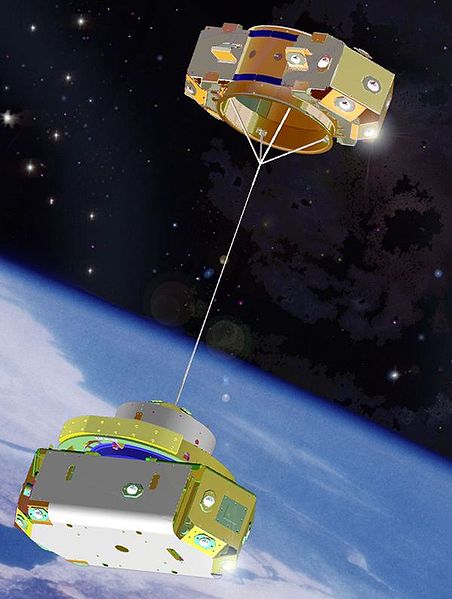 US Naval Research Laboratory’s TiPS tether satellite
US Naval Research Laboratory’s TiPS tether satellite
The Tether Physics and Survivability Experiment (TiPS) was launched in 1996 as a project of the US Naval Research Laboratory. it was successfully deployed to a tether length of four kilometers. The two tethered objects were called “Ralph” and “Norton”. TiPS was visible from the ground with large binoculars or a telescope and was occasionally spotted by amateur astronomers. The tether broke finally in July 2006.
MAST mission: 2007
The Multi-Application Survivable Tether (MAST) tether experiment was launched aboard a Russian Dnepr rocket in April 2007. The experiment hardware was designed under a NASA Small Business Technology Transfer (STTR) collaboration between Tethers Unlimited, Inc. (TUI) and Stanford University. Unfortunately, the tether did not deploy successfully.
YES2 mission: 2007
The Young Engineers’ Satellite 2 (YES2) was launched on September 14, 2007 from Baikonur. It was a 36 kg student-built tether satellite part of ESA’s Foton-M3 microgravity mission. The YES2 satellite employed a 30 km long tether to deorbit a small re-entry capsule.
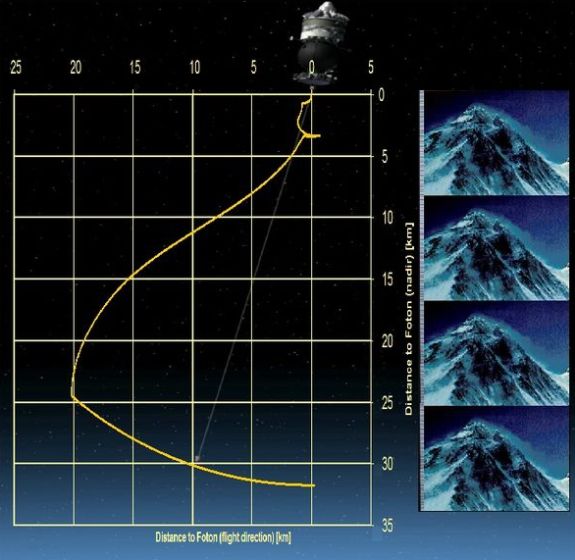 A reconstructed deployment of the YES2 tether (trajectory of the Fotino capsule in relationship to the Foton spacecraft). Mount Everest is shown several times for scale.
A reconstructed deployment of the YES2 tether (trajectory of the Fotino capsule in relationship to the Foton spacecraft). Mount Everest is shown several times for scale.
STARS mission: 2009
The Space Tethered Autonomous Robotic Satellite (STARS) robotic spacecraft was developed by the Kagawa Satellite Development Project in the Kagawa University. It was made up of mother and daughter satellites connected by a tether. STARS was launched on 23 January 2009 as a secondary payload aboard the JAXA H-IIA flight 15.
Links to the other articles in this series
Space Elevator:
- Non-Rocket Spacelaunch – Space Elevator
- Non-Rocket Spacelaunch – Space Elevator Safety Issues
- Non-Rocket Spacelaunch – Extraterrestrial Space Elevator Concepts
- Non-Rocket Spacelaunch – Space Elevators in Fiction
Tether Propulsion:
- Non-Rocket Spacelaunch – Tether propulsion
- Non-Rocket Spacelaunch – Tether propulsion safety issues
- Non-Rocket Spacelaunch – Tether propulsion in fiction
Would you like to receive similar articles by email?




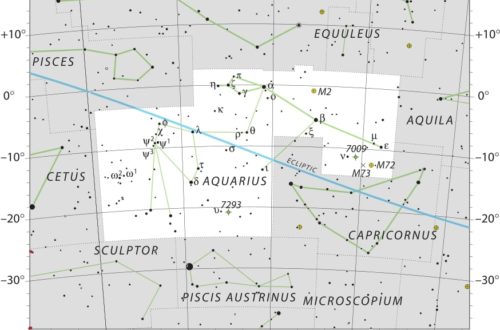
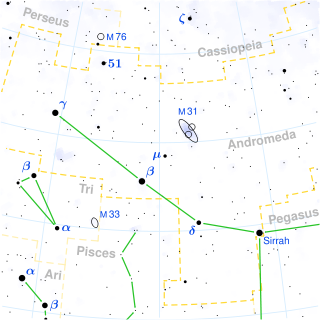
4 Comments
Paul Tomaszewski
Thanks for the suggestion!
I will cross-link all the articles form the Non-Rocket Spacelaunch series.
Paul Tomaszewski
Thanks for the nice comment! 🙂
Nelson
By the way you should include hyperlinks from one entry to the next as to allow more easy access to the material by those, (like me,) that want to reference your work.
Nelson
Nelson
Paul,
I really enjoy what you are writing.
I particularly like the fact that you are documenting all your your discourse, something that is often omitted from most people writing on the subject of Space Elevators.
Nelson